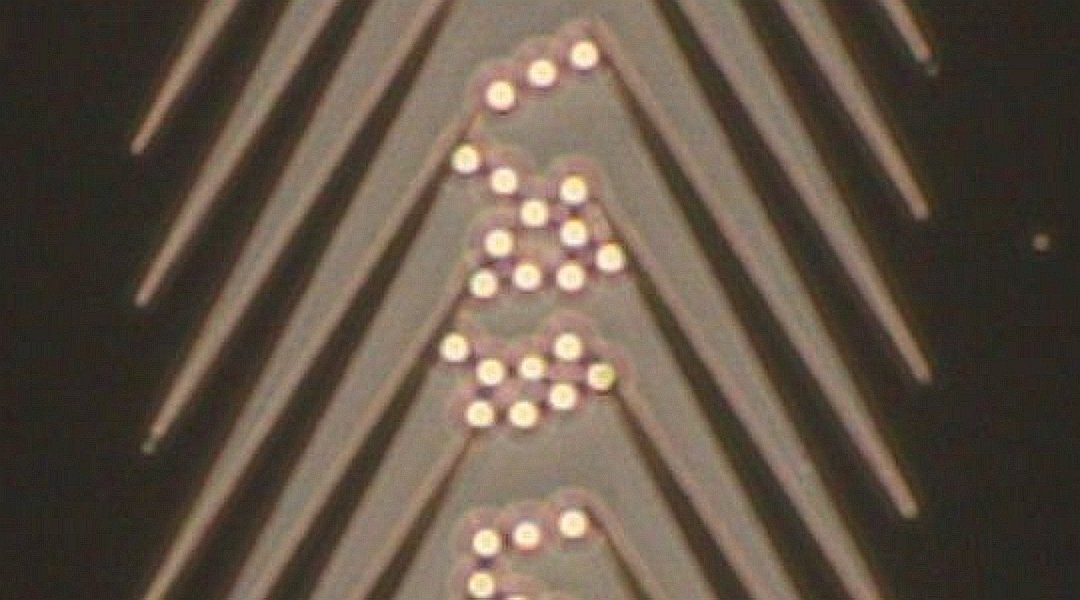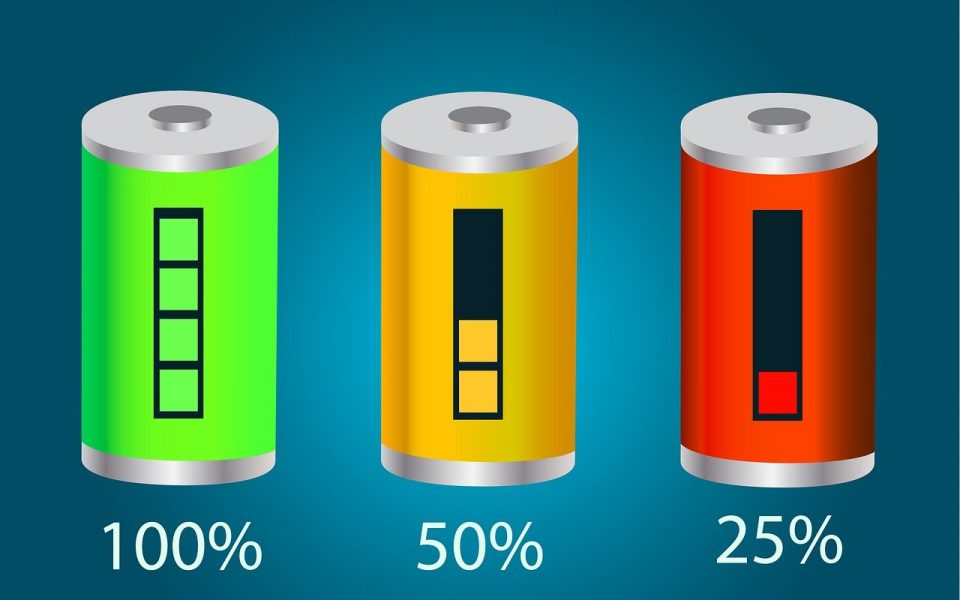Researchers explore an alternative, green supercapacitor concept that relies on seawater and carbon fibers derived from waste cotton.


Researchers explore an alternative, green supercapacitor concept that relies on seawater and carbon fibers derived from waste cotton.

Developing a battery-free electronic sensor to monitor the forest.

Direct‐write and 3D printing using liquids metals provides an interesting alternative for wiring in circuitry.

A new way of making large sheets of graphene could lead to ultra-lightweight, flexible solar cells, and to new classes of light-emitting devices and other thin-film electronics

A transparent and stretchable touch sensor could enable robust touch input mapping under either static or dynamic deformation.

Zinc metal batteries built using a novel hydrogel electrolyte show remarkable performance and processability, making them suitable for the next generation of wearable energy storage devices.

Using an asymmetric sawtooth-shaped potential, researchers achieve transport of tiny molecules driven by particle crowding.

A new dielectric coating could help solve a long-standing problem and enhance the performance of lithium-rich materials.

Researchers build multi-layer, flexible circuits in which the connections between circuit layers are made by ultrasonic welding.

Bridging the gap between biology and electronics, researchers develop biocompatible materials for next generation biosensors, cell monitoring, neuromorphic computing, and more.